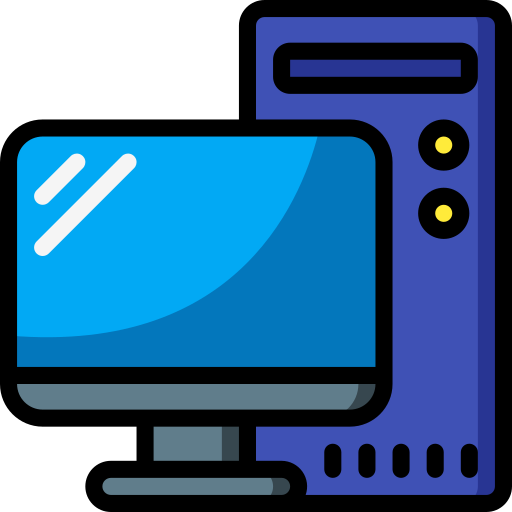Start with one thing you want to do, the most important thing.
Enumerate the requirements of that thing (machine to host it on, the kind of OS it requires, network connectivity, etc).
You’re doing what I’ve always heard as “solutioning” - getting overwhelmed with potential solutions before clearly identifying the problem (e.g. Requirements).
Solve that first thing, then move on to the next thing.
Odds are you can get started with something much simpler than jumping feet first into solutions like Proxmox (which has nothing to do with your stated goals, it’s a storage/redundancy/virualization system). Forget about all that - if you eventually come to a point where you need those capabilities, you can deal with it then.
I would start with redundant local data and a cloud backup. Three local drives with data sync’d or mirrored is much easier/cheaper to get going than spending time setting up a NAS that you don’t know you need…yet.
Or, if you know you need a NAS, then start there and get that established, stable first. Then start your sailing efforts. Pretty much all NAS solutions today support some kinds of virtualization/containerization. I don’t recommend Proxmox as your start.
Edit: I’ve run different flavors of Linux on a laptop for this, with an external drive that got sync’d to a second external drive and to a third external on another laptop. That mostly protected me from local/drive/system failures, at least.


Interesting.
Seems again, that this won’t affect enterprise systems because of things like user rights (users don’t run as admin) and GPO that controls the AV.
No admin, it’s not getting changed. GPO means even as admin, it probably takes an additional confirmation.
If it gets past both of those…
For the average home user, this is why you don’t run as admin. That’s 98% of the reason you don’t see stuff like this on Linux: defaults have the initial user account not have root - you setup a root password during install, and a separate user account.